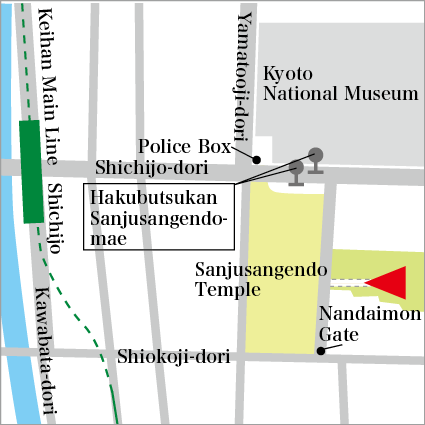Yogen-in Temple
- Highlight
- Sotatsu Tawaraya’s lion is strange in that it always seems to be looking at the viewer straight on whatever the angle viewed
A temple woven into the lives of the Imperial, Tokugawa and Toyotomi families
Built in 1594 to commemorate Nagamasa Asai, the father of Yodo-dono (Hideyoshi’s concubine), this temple took Asai’s posthumous Buddhist name “Yogen” as its name. Lightening burned the temple down in 1619, but pleas from Sugenin (sister of Yodo-dono), the wife of the second Tokugawa shogun, Hidetada, got the temple rebuilt in 1621 using materials from the dismantled Fushimi castle. Thus, it became the Tokugawa burial place, holding mortuary tablets of shoguns up to the 14th generation. In a rare move, the crests of the Imperial, Tokugawa and Toyotomi families are to be found on the tablets of both Hidetada and Sugenin.
It is famed for artworks such as partitions with “white elephants”, “lion”, “giraffes” and “pine tree” by Sotatsu Tawaraya and “peonies” by Sanraku Kano. Also renowned are the “uguisu-bari” (warbling) corridor floor built by the sculptor Jingoro Hidari in early Edo times and the corridor’s ceiling (flooring from Fushimi Castle), which is said to be stained with the blood of Mototada Torii (a Tokugawa retainer who died a violent death with his troops defending Fushimi castle).
In February 2016, the Hondo and Gomado halls, the Chumon inner gate and Shorodo bell tower were designated Important Cultural Properties.
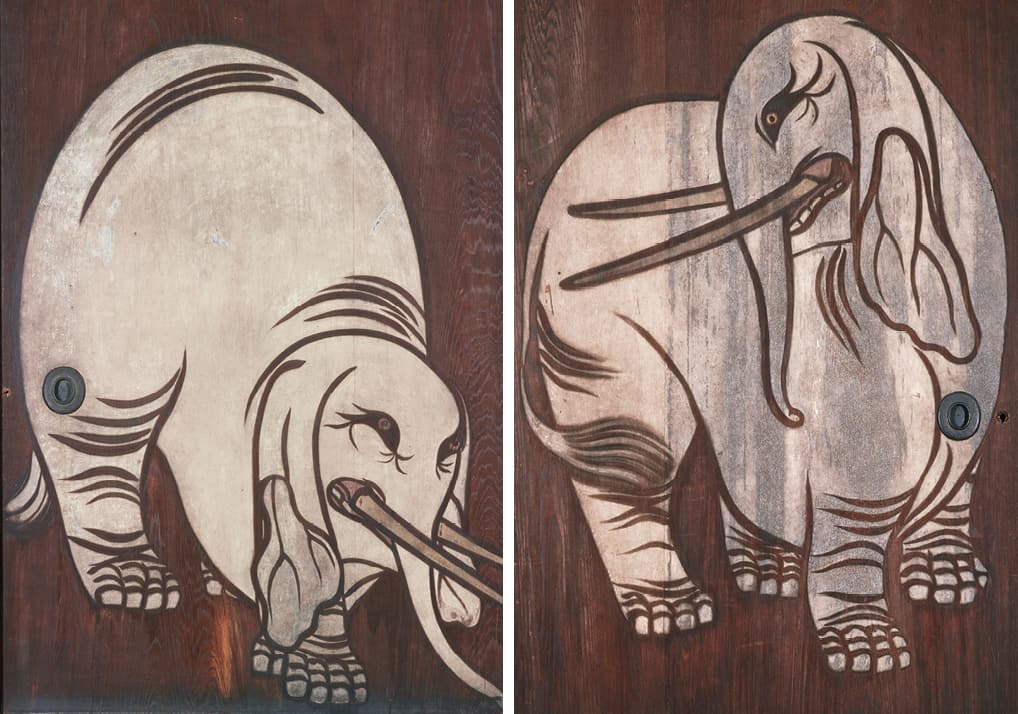
White Elephants by Sotatsu Tawaraya
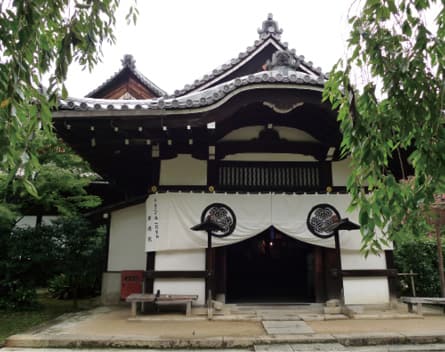
“The Entrance”
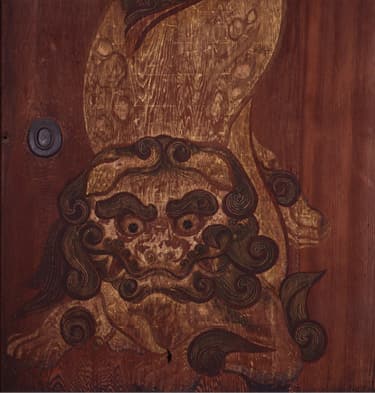
Decorated Chinese coffer (Important Cultural Property)
| Address | 656 Sanju-sangendomawari-cho, Higashiyama-ku |
|---|---|
| TEL | 075-561-3887 |
| FAX | 075-561-3887 |
| Hours | 9:00 ~ 16:00 |
| Closed | 21/1, 21/5, 21/9 afternoon, 31/12 |
| Adm | ¥500 |
| Access | A 7-min walk from Keihan Shichijo Stn/A 3-min walk from Hakubutsukan Sanjusangendo-mae Stop of City Bus |
Facilities near by
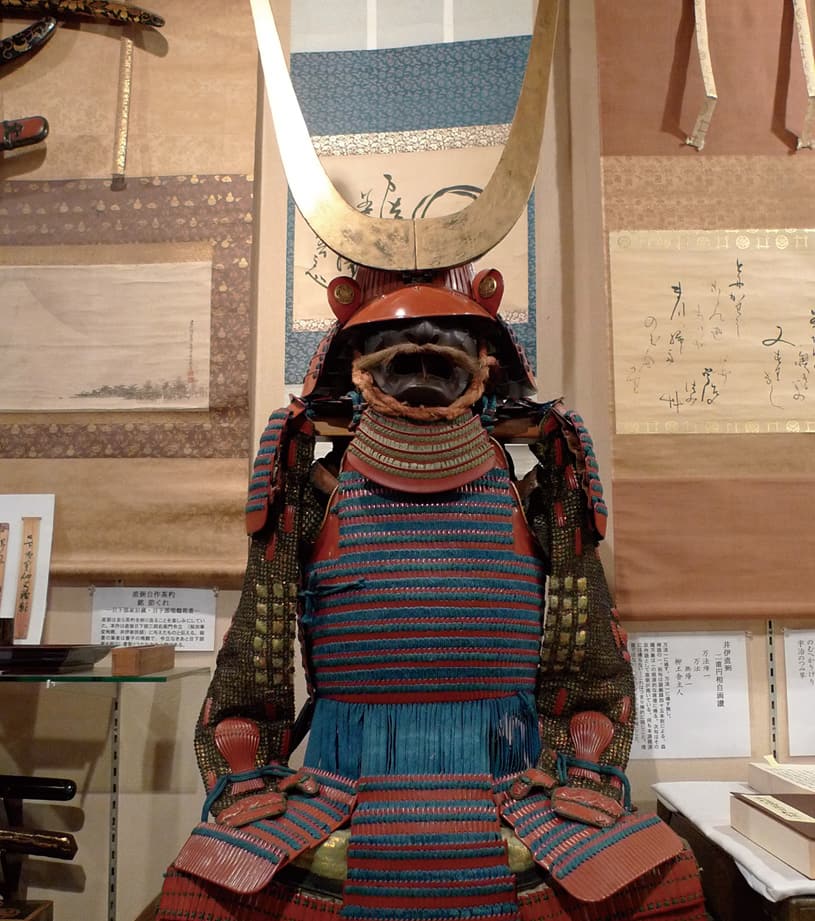
Kyoto Ii Museum
Armor that brings to life the Age of the Warring States
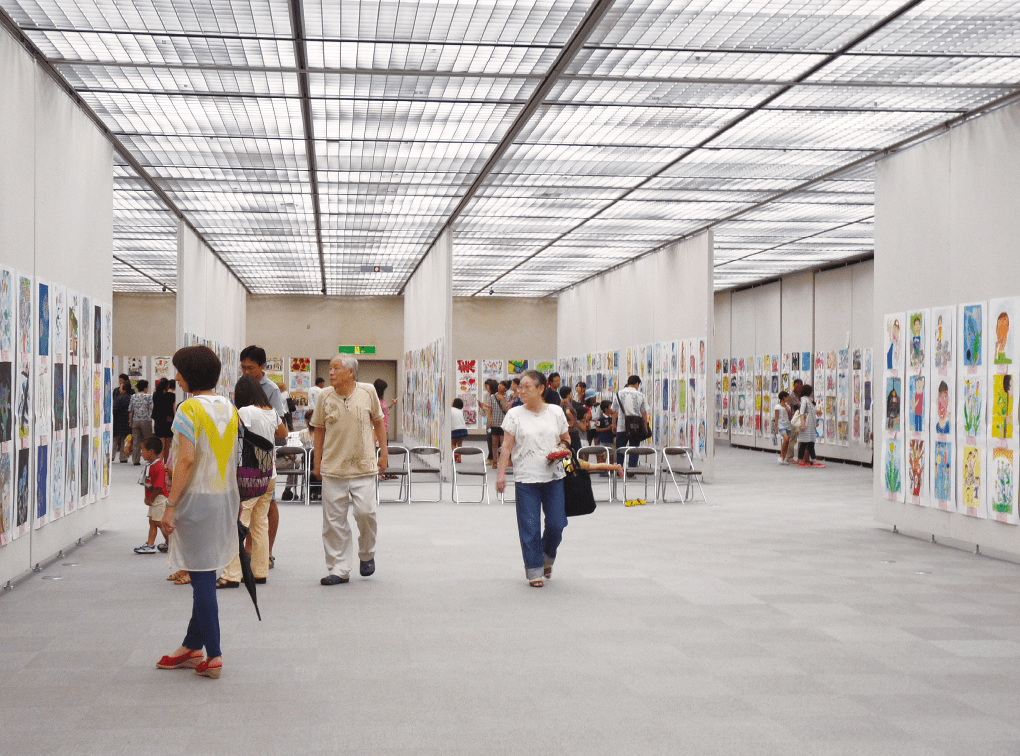
Japan Design Museum
Design culture always eyeing tomorrow’s world
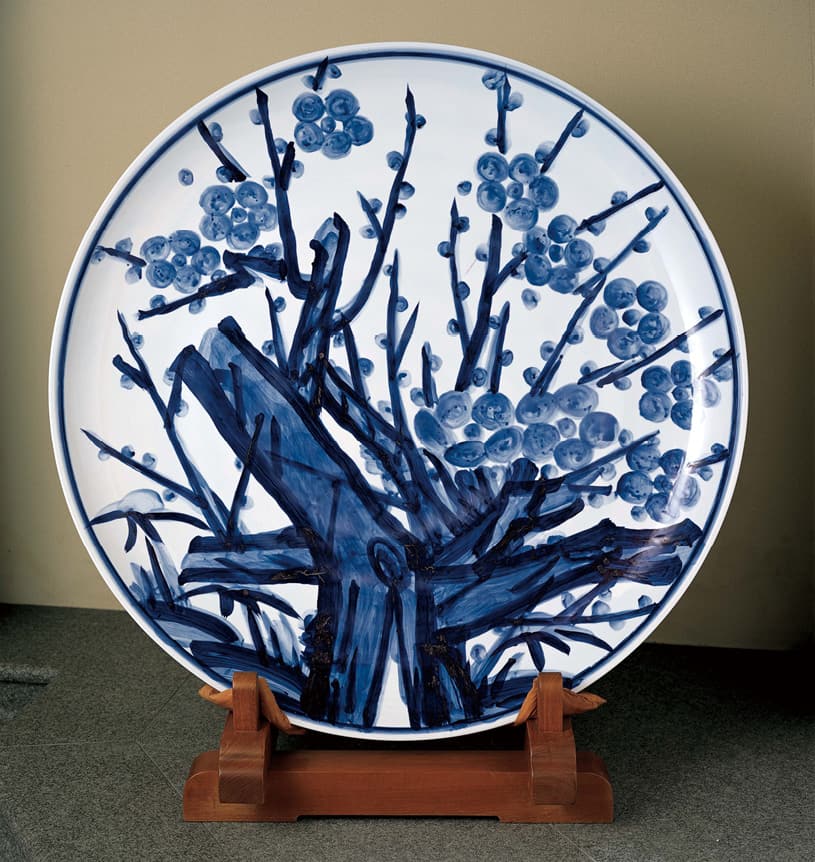
KONDO Museum
“Tradition and Innovation” in blue-on-white porcelain
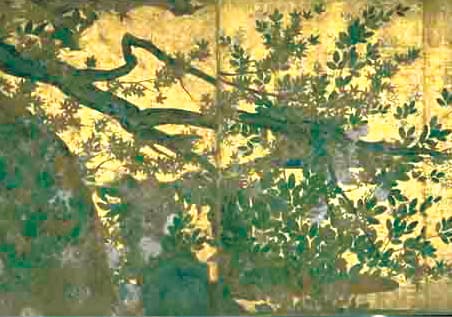
Chishaku-in Temple Treasure House and Garden
A temple where the arts of the Momoyama period can be feasted upon
